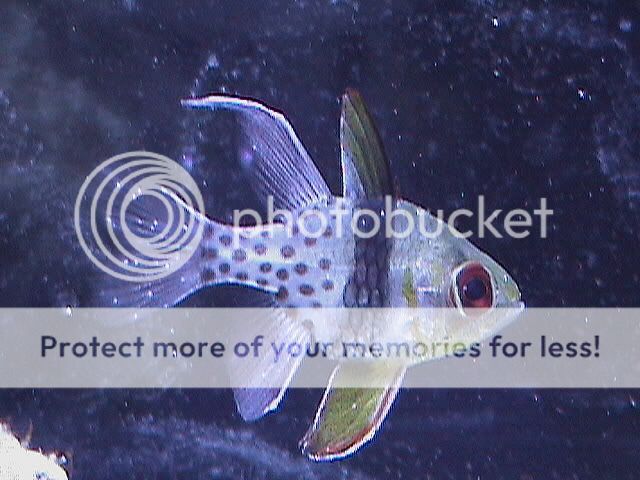jayke
New member
Bought a Pajama cardinal last week that appeared very healthy and has been eating very well. Although it is not really stressed and the tank parameters are fine, I noticed a few tiny white spots on its fin, eye and body. I am assuming its ich and will be setting up a 10 gallon QT/Hospital tank tomorrow.
I wanted to first verify that the hyposalinity level is 1.009-1.010. Is that correct?
Second, how do I acclimate the fish from my display tank of 1.025 down to the hospital tank of 1.010? Thats a relatively large drop. Should I acclimate or just get him in there ASAP (ie. just toss him in there and hope for the best)?
How long do you normally treat in Hyposalinity? I have heard roughly 14 days.
I wanted to first verify that the hyposalinity level is 1.009-1.010. Is that correct?
Second, how do I acclimate the fish from my display tank of 1.025 down to the hospital tank of 1.010? Thats a relatively large drop. Should I acclimate or just get him in there ASAP (ie. just toss him in there and hope for the best)?
How long do you normally treat in Hyposalinity? I have heard roughly 14 days.


